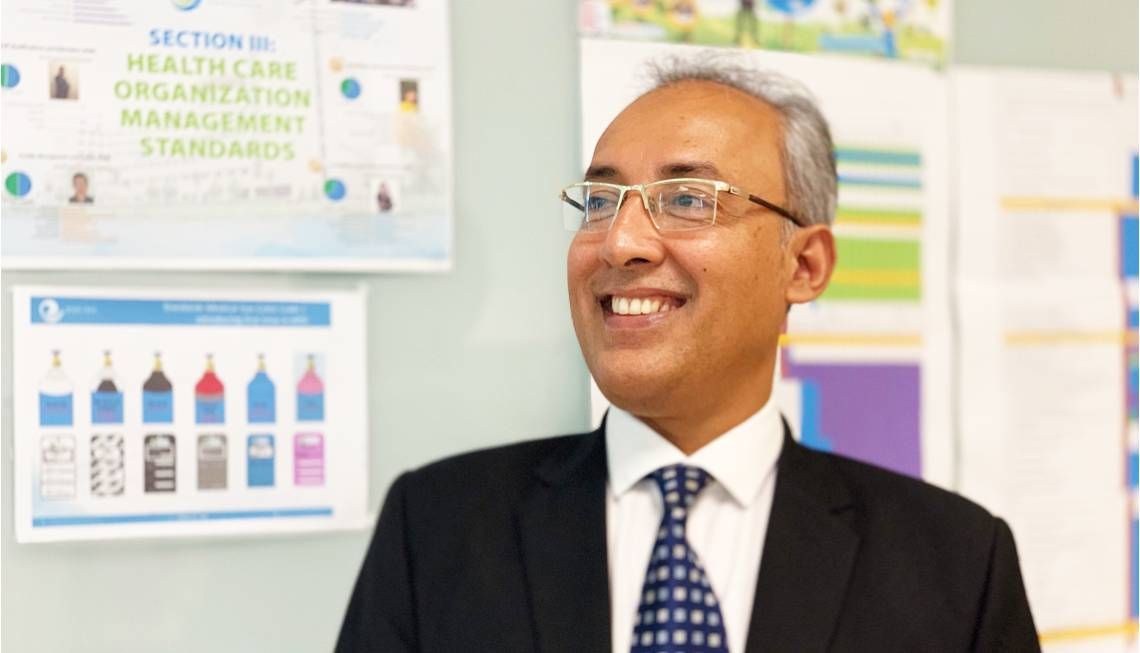What this hospital learned from Toyota’s lean principles
By Nurfilzah Rohaidi
Exclusive interview with Dr Zakirul Karim, Senior Adviser & Quality Management Director of Hanh Phuc International Hospital in Vietnam.

Every large organisation struggles with change, from hospitals right through to factories and tech firms. So when Hanh Phuc Hospital wanted to implement carmaker Toyota’s lean management principles in the organisation, there was tension and nervousness among the staff, says Dr Zakirul.
But an encouraging trend is to see how “staff behaviour is changing, manager behaviour is changing - everyone is observing and monitoring”, he remarks. Dr Zakirul shares with Hospital Insider how the hospital pushed for new mindsets across the entire organisation.
Understanding the place, process, and people
The focus for Hanh Phuc was to improve patient safety and empathy in its services, says Dr Zakirul. The hospital decided to trial the concept of ‘gemba’ in day-to-day operations.
The word genba, or gemba, means “the actual place” in Japanese. In the manufacturing or healthcare contexts, it refers to the sites where value is created or where providers interact with customers.
Car manufacturing giant Toyota pioneered ‘gemba walks’, where managers would walk around the manufacturing floors to observe the actual process of building cars, understand the work, ask questions, and point out any areas that are wasteful and can be streamlined. This principle helps management to understand the problems faced by those on the ground.
“We involved the senior leadership team to train them in gemba,” says Dr Zakirul. “We tried to create this safety culture.” But gemba walks, as they are practiced on Toyota’s shop floors, were not quite applicable in a hospital setting just yet, he continues. “We take something from them and we add something from us. We added the patient safety tools, facility parameters, all criteria, we mixed together.”
Engaging teams
Over a period of four months, the hospital conducted workshops, launched a newsletter, and engaged staff over social media to help reduce anxiety around this new way of working, sas Dr Zakirul. “Our game plan was to lead in a different way. We make it fun, we created communications with the staff.”
“The way we do the hospital rounds, just saying hello, it doesn’t make any impact,” Dr Zakirul points out. “But if you stay in one department for four or five hours, and go through the whole 64 parameters, you learn a lot.” The first round of the gemba walks led to 96 observations by the senior management, according to him.
The hospital launched the gemba initiative along with a mobile app for staff to report patient safety incidents. Doctors and nurses can take photos and put them into the system for follow up, for instance. “The good thing is, as it is software-based, the turnaround time is monitored,” Dr Zakirul says. Previously, the hospital faced under-reporting because people did not want to fill out paperwork for each incident, he explains; this mobile app helped to increase reports by 71%.
These efforts will soon be recognised at Hospital Management Asia in Hanoi next month, he adds. His CEO, who spearheaded the gemba initiative, has been shortlisted for the Hospital Chief Executive of the Year award, which will be given out at the Asian Hospital Management Awards on 12 September.
The trend of lean management in healthcare can be a boon for patient safety. Hanh Phuc has shown that another benefit is the work culture of the hospital itself.